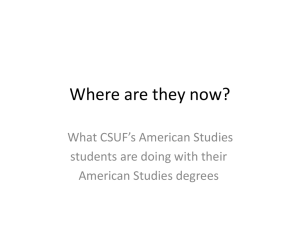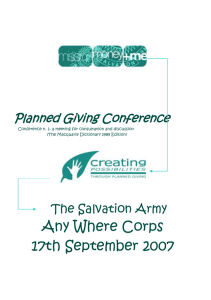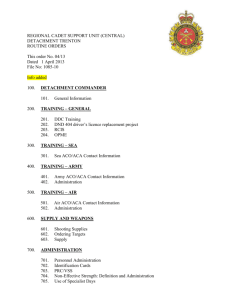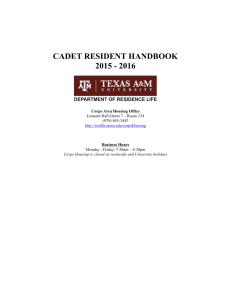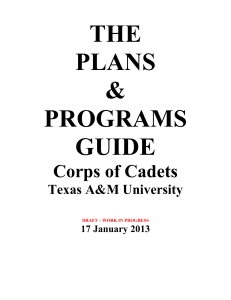cadet corps schools
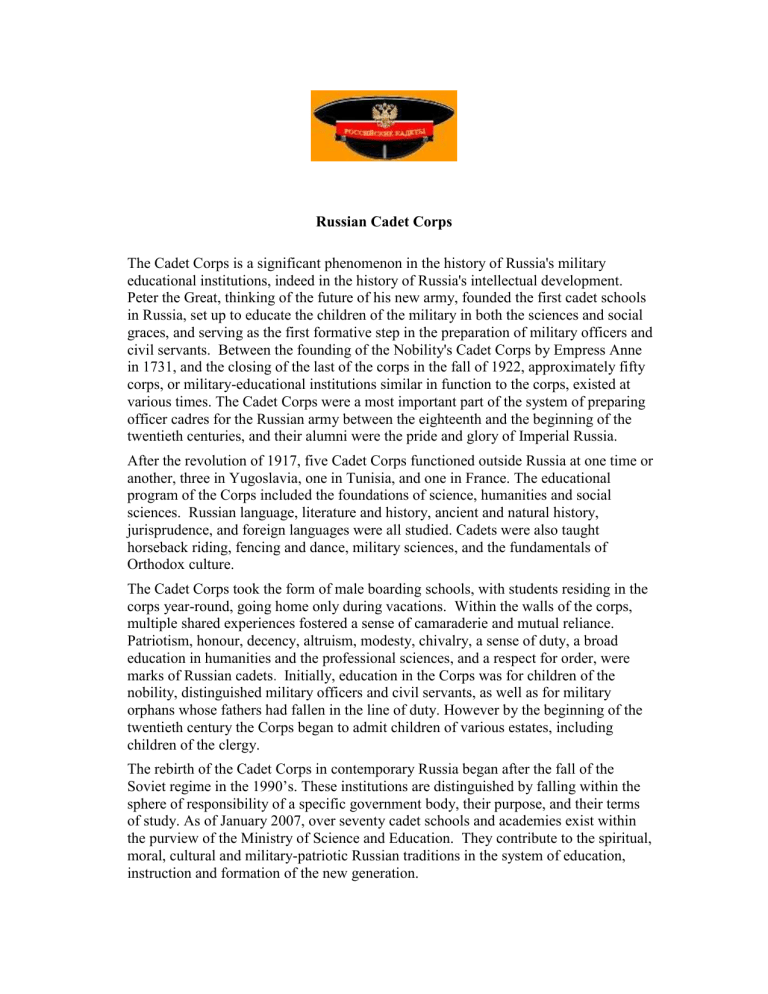
Russian Cadet Corps
The Cadet Corps is a significant phenomenon in the history of Russia's military educational institutions, indeed in the history of Russia's intellectual development.
Peter the Great, thinking of the future of his new army, founded the first cadet schools in Russia, set up to educate the children of the military in both the sciences and social graces, and serving as the first formative step in the preparation of military officers and civil servants. Between the founding of the Nobility's Cadet Corps by Empress Anne in 1731, and the closing of the last of the corps in the fall of 1922, approximately fifty corps, or military-educational institutions similar in function to the corps, existed at various times. The Cadet Corps were a most important part of the system of preparing officer cadres for the Russian army between the eighteenth and the beginning of the twentieth centuries, and their alumni were the pride and glory of Imperial Russia.
After the revolution of 1917, five Cadet Corps functioned outside Russia at one time or another, three in Yugoslavia, one in Tunisia, and one in France. The educational program of the Corps included the foundations of science, humanities and social sciences. Russian language, literature and history, ancient and natural history, jurisprudence, and foreign languages were all studied. Cadets were also taught horseback riding, fencing and dance, military sciences, and the fundamentals of
Orthodox culture.
The Cadet Corps took the form of male boarding schools, with students residing in the corps year-round, going home only during vacations. Within the walls of the corps, multiple shared experiences fostered a sense of camaraderie and mutual reliance.
Patriotism, honour, decency, altruism, modesty, chivalry, a sense of duty, a broad education in humanities and the professional sciences, and a respect for order, were marks of Russian cadets . Initially, education in the Corps was for children of the nobility, distinguished military officers and civil servants, as well as for military orphans whose fathers had fallen in the line of duty. However by the beginning of the twentieth century the Corps began to admit children of various estates, including children of the clergy.
The rebirth of the Cadet Corps in contemporary Russia began after the fall of the
Soviet regime in the 1990’s. These institutions are distinguished by falling within the sphere of responsibility of a specific government body, their purpose, and their terms of study. As of January 2007, over seventy cadet schools and academies exist within the purview of the Ministry of Science and Education. They contribute to the spiritual, moral, cultural and military-patriotic Russian traditions in the system of education, instruction and formation of the new generation.
In September 2007 we attended our second convention in Russia, where we visited cadet institutions in Moscow, Ekaterinburg and St. Petersburg, and met with students and directors. Following is a small sample of the many photographs and videos that we took.
Moscow
A. Perekrestov, B.T. Chumakov, J. Chumakov and cadets
Moscow
A lecture at the Cultural Center of the Armed Forces of the Russian Federation
Moscow
Lunch time for young cadets
Ekaterinburg
A. Grigoriev and J. Chumakov with female cadets from the Militsia Lycee
St. Petersburg
Cadets on parade at the Suvorov Academy
St. Petersburg
B.T. Chumakov in the dormitory of the Suvorov Academy
St. Petersburg
Chemistry class, Suvorov Academy
St. Petersburg
Part of our group at Strelna, a state conference center and presidential residence



